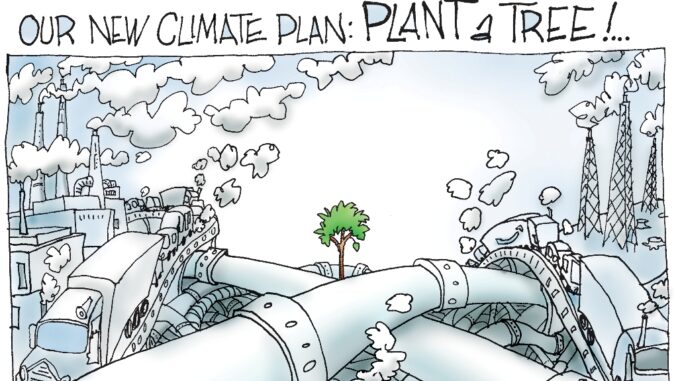
Sahra Kress looks at the Kāpiti Council’s response to Climate Change
In May 2019, Kāpiti Coast District Council (KCDC) declared a Climate Emergency. The Big Question is: what has it done since?
There are many Kāpiti residents who are very dismayed by the lack of real climate action from local council. While New Zealand’s greenhouse gas emissions are relatively small on a global scale, our per capita emissions are among the highest in the world. On average, each Kāpiti resident creates 6.3 tonnes of CO₂e per year. Over half of this is the result of transport. We know globally that to keep within the Paris 1.5 degree warming threshold, in wealthy nations such as ours we need to more than halve our per capita emissions.
We believe it is not only our right, but our responsibility to hold council accountable: it declared a climate emergency, and it is time to challenge how very little action has resulted since. Cyclone Gabrielle is evidence that there will be increasing consequences for inaction over climate change. Extreme weather will wreak havoc into the future. As a community midwife, I feel compelled to speak out for the children I deliver; we need to collectively advocate for the future of communities in Kāpiti.
Below I offer a brief summary of misleading information and outright failures:
- KCDC has an active programme for reducing its own (operational) emissions (which predates the Climate Emergency Declaration), see https://www.kapiticoast.govt.nz/our-district/our-environment/climate-change/what-we-re-doing/
Regarding Districtwide emissions reduction we are told council support our community to decrease emissions, while increasing sustainability and resilience in our communities, homes and businesses. Additionally, we are told:
“About two-thirds of survey respondents support council setting a districtwide emissions reduction target, as some other councils have done, according to an informal survey in September 2022. It found 75.1 percent are concerned or very concerned about climate change. The new Council will be briefed on the results in early 2023 to decide next steps.”
In a Climate Emergency, it’s expected that there will be high levels of concern. For many of us, it is obvious that focussing on “setting a districtwide emissions reduction target,” is disappointingly inadequate when there are already national guidelines.
Instead, KCDC uses any opportunity it gets, to promote what it has done to reduce its operational emissions – generally glossing over the distinction between operational and districtwide emissions.
An example of this, on page 11 of the 2022 Pre-election reports states:
“We’re proud of being the best in the country in terms of reducing our carbon footprint – by over 70 percent from our baseline year.”
It is very unclear to the average reader that they are only talking about operational emissions here. By “best in the country” they mean “best” of a very small number (3 councils listed) that can afford to be members of the Toitu envirocare programme (it is not cheap to be a member).
2. With respect to districtwide emissions, the emissions inventory is from 2018/19 and states:
“… Transport (road, rail and air travel) was the biggest source of emissions, accounting for 57 per cent of total gross emissions.”
But we’re still deciding whether we should have targets, right? We are now in 2023!
The main thing KCDC say they have done since the Climate Emergency Declaration is the ‘Climate Emergency Action Framework’. This sounds pretty impressive but in reality it is just a 2 sided A4 page with some principles that council managers should take consideration of when making decisions.
It seems KCDC has no real strategy, no target, no plan, no measurements, no monitoring to reduce districtwide emissions.
And for the underwhelming list of things that they DO claim to do to reduce emissions, there are no goals or measurements, so no way of knowing if any of it is effective.
3. Before the election in 2022, elected members raised the need for a districtwide emissions target. The team responsible agreed and the public survey under ‘Districtwide emissions reduction’, was the resulting action.
Staff also committed to coming back to council with a proposal around a suitable target in the new year – currently set down for a meeting later this month, 23 February 2023. Does it really take 6 months to come up with a number? It should be pretty obvious: just look at the Nationally Determined Contribution, regional goals etc and align? No??
But even if council follows through on the commitment to come back with a proposed target, what about the strategy/plan/whatever to achieve it? There has been resistance over many months to efforts within council to develop a strategy.
We need KCDC to get on with ambitious strategies for meeting equally ambitious targets. We have offered our community suggestions. We look forward to our new council rising to these challenges and, with passion and courage, leading the change. With vision, backed by bold action, Kāpiti could become a national leader for climate mitigation and adaptation. We need KCDC to step up and get serious about its Climate Emergency Declaration.
Sahra Kress RM, BM, PG Dip, MMid, Kāpiti Coast














































